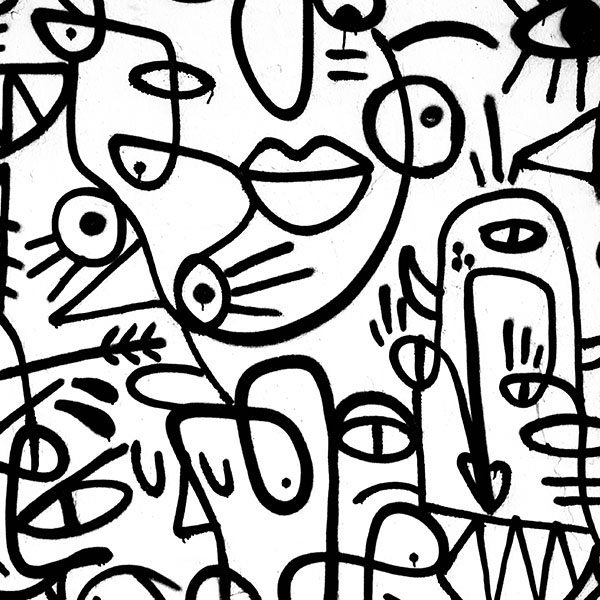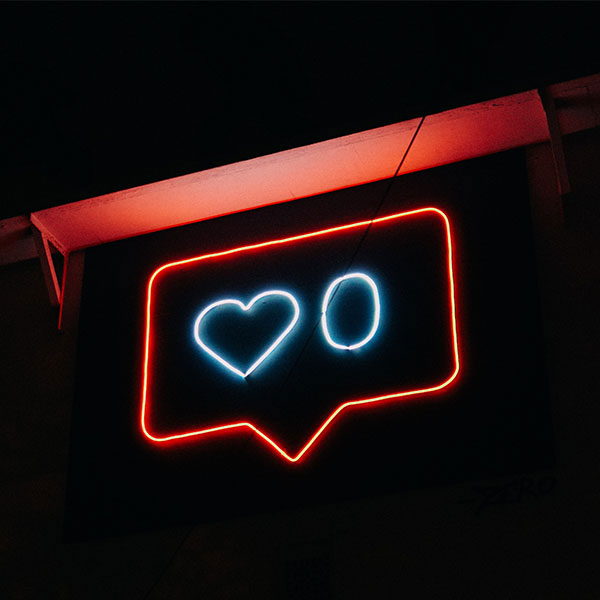Clients come to us with all sorts of ideas about what their brand story is.
For some it’s how they got their start. Their origin story.
For some, it’s all the good they’re doing in the world. Their social responsibility story.
For some, it’s their features and benefits. Their product story.
For some, it’s their move-fast-and-break-things ethos. Their disruption story.
These aren’t wrong, but they’re also not complete or compelling without considering the customer’s story. That’s where each of these brand stories find their meaning and resonance.
This is why at Truss we start each project by obsessing over the customer’s story. It’s the customer’s story that drives the salient elements of the greater brand story we help to craft.
So how do we get down to the customer’s story?
If you’ve studied creative writing, you’ll know that the most basic elements of story are: character, setting, plot, conflict, resolution, and meaning (also called theme). For our purposes, we’re going to focus on conflict because that’s what drives the action (and emotion) in any good story. Conflict is what makes things interesting. Conflict is what gives the other characters (and you the viewer/listener/reader/marketer) something to respond to. The stakes involved in ignoring or engaging the conflict are what make us care about what happens next. And it’s the resolution of the conflict that we ultimately stick around for.
In our experience, identifying the customer’s “conflict,” whether it be an everyday annoyance, a creeping need, a burning desire, a quiet wish, a towering foe, or an existential threat, is what best helps unravel their story for us.
Identifying their conflict tells us:
What they notice
What they value
What they want to protect
What they’re willing to fight for
What they want to project to others
What they believe
And sometimes what they live for.
This is what makes conflict such a helpful starting point for brand building and creative ideation. When we understand the customer through the lens of story and conflict, we can work backwards to the aspects of the brand story that matter most.
You might be thinking, isn’t “conflict” just another term for “problem” or “pain point”? Some people might agree, but we take a slightly different view. To us the crucial difference between a problem and conflict is that the latter incites action. Conflict is a problem that the customer is motivated enough to resolve. A problem can be ignored. Conflict must be decided. Many businesses go wrong when they focus their brand story on a problem that the customer can tolerate, vs. a conflict they have to resolve.
Listening is the best tool we have for identifying the conflict in a customer’s story. Things like focus groups, surveys, interviews, reviews, psychographics, and personas are all helpful ways of “listening.”
Once you’ve listened long and hard, you have the necessary input to create a brand story that adequately empathizes with your customer’s conflict and points them to products, services, experiences, or even ideas that bring about a happy ending.





